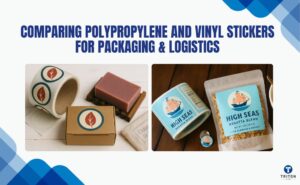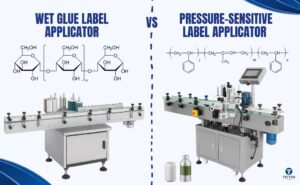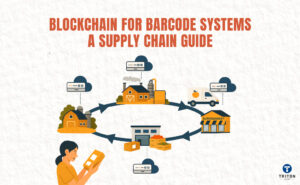| When presented as a food, or as an ingredient
| Standard 1.2.3 – Mandatory Warning and Advisory Statements and Declarations, Clause 3
| ‘This product contains royal jelly which has been reported to cause severe allergic reactions and in rare cases, fatalities, especially in asthma and allergy sufferers.’
|
| When presented as a food, or as an ingredient
| Standard 2.6.3 – Kava, Clause 3 | ‘Use in moderation.’
‘May cause drowsiness.’
|
| For the label on a package of infant formula product in powdered form.
For the label on a package of concentrated infant formula product
| Standard 2.9.1 – Infant Formula Products, Subclause 14(1) | ‘Warning – follow instructions exactly. Prepare bottles and teats as directed. Do not change proportions of powder except on medical advice. Incorrect preparation can make your baby very ill.’
|
| For the label on a package of ‘ready to drink’ infant formula product
| Standard 2.9.1 – Infant Formula Products, Subclause 14(1) | ‘Warning – follow instructions exactly. Prepare bottles and teats as directed. Do not dilute or add anything to this ‘ready to drink’ formula except on medical advice. Incorrect preparation can make your baby very ill.’ |
| For the label on a package of all infant formula product except infant formula products for metabolic, immunological, renal, hepatic or malabsorptive conditions
| Standard 2.9.1 – Infant Formula Products, Subclause 14(3) | ‘Breast milk is best for babies. Before you decide to use this product, consult your doctor or health worker for advice.’
This statement must be under a heading that states ‘Important notice’ or any word or words having the same or similar effect.
|
| For the label on a package of pre-term formula
| Standard 2.9.1 – Infant Formula Products, Subclause 26(1)
| ‘Suitable only for pre-term infants under specialist medical supervision.’
|
| For the label on a package of infant foods, where the food is recommended for infants between the ages of 4–6 months
| Standard 2.9.2 – Foods for Infants, Subparagraph 5(3)(c) | ‘Not recommended for infants under the age of 4 months.’ |
| For the label on a package of infant foods, where a food for infants contains more than 3 g/100 kJ protein
| Standard 2.9.2 – Foods for Infants, Subclause 6(2)
| ‘Not suitable for infants under the age of 6 months.’ |
Formulated supplementary sports foods
| For the label on a package of formulated supplementary sports food
| Standard 2.9.4 – Formulated Supplementary Sports Foods, Subclause 3(3)
| ‘Not suitable for children under 15 years of age or pregnant women: Should only be used under medical or dietetic supervision.’ |
Formulated supplementary sports foods
| If a formulated supplementary sports food contains added phenylalanine
| Standard 2.9.4 – Formulated Supplementary Sports Foods, Subclause 3(4)
| ‘Phenylketonurics: Contains Phenylalanine’.
|
























